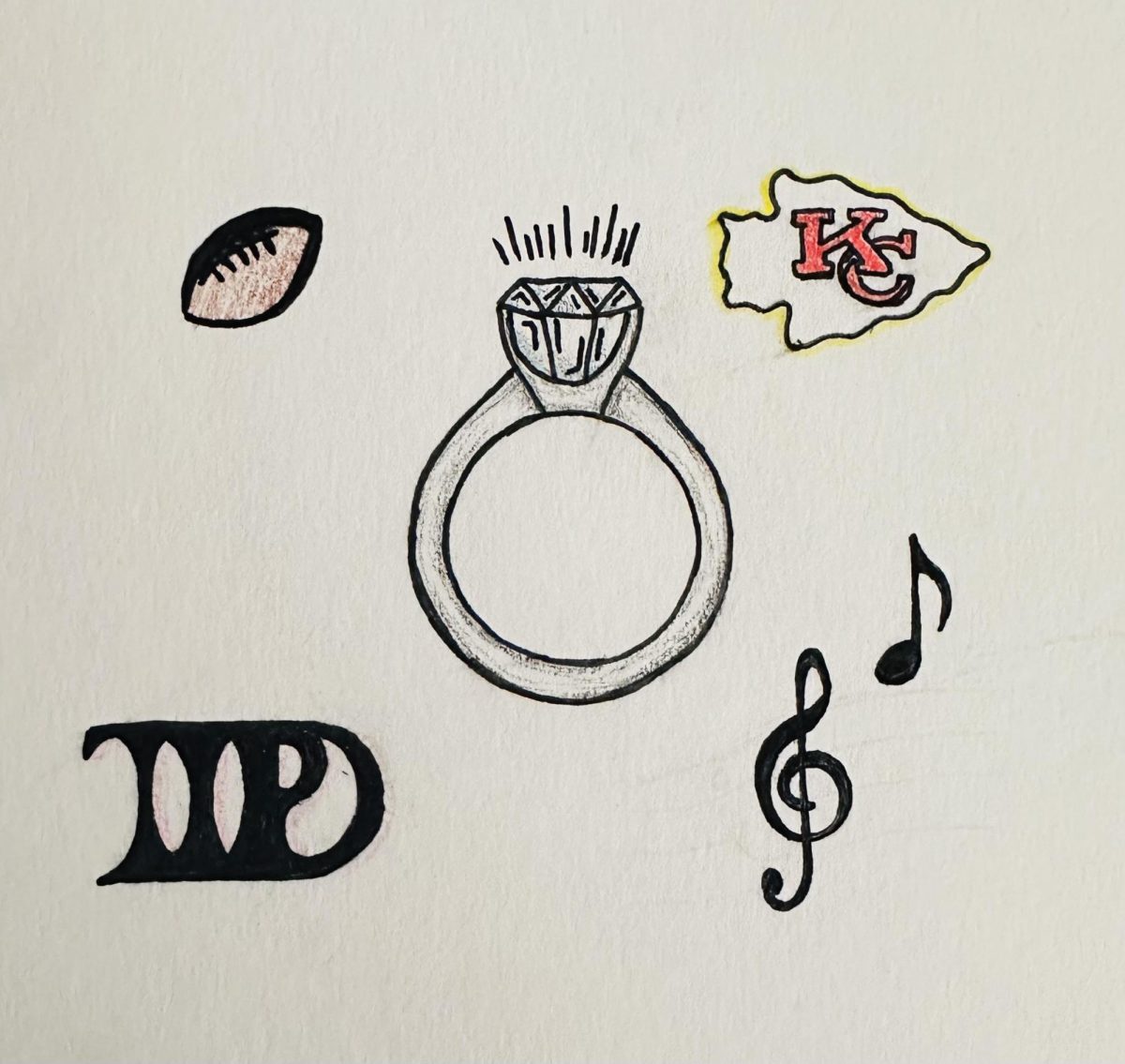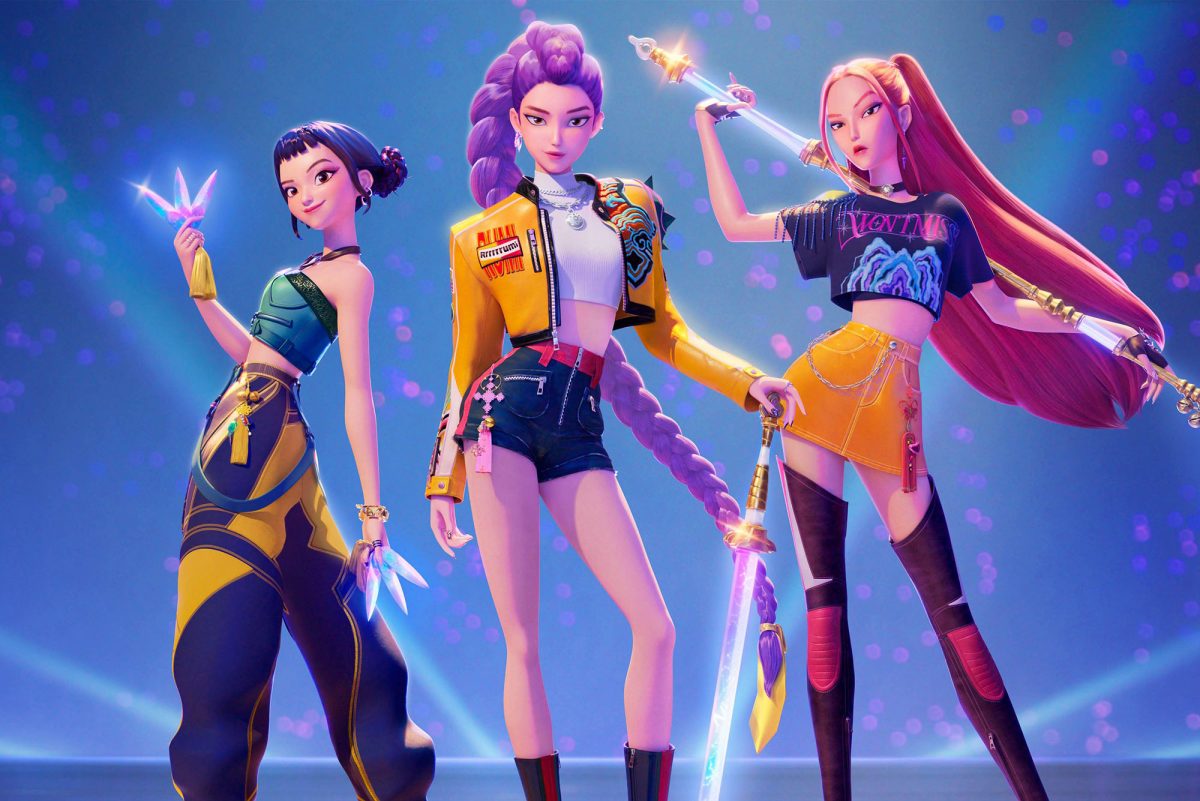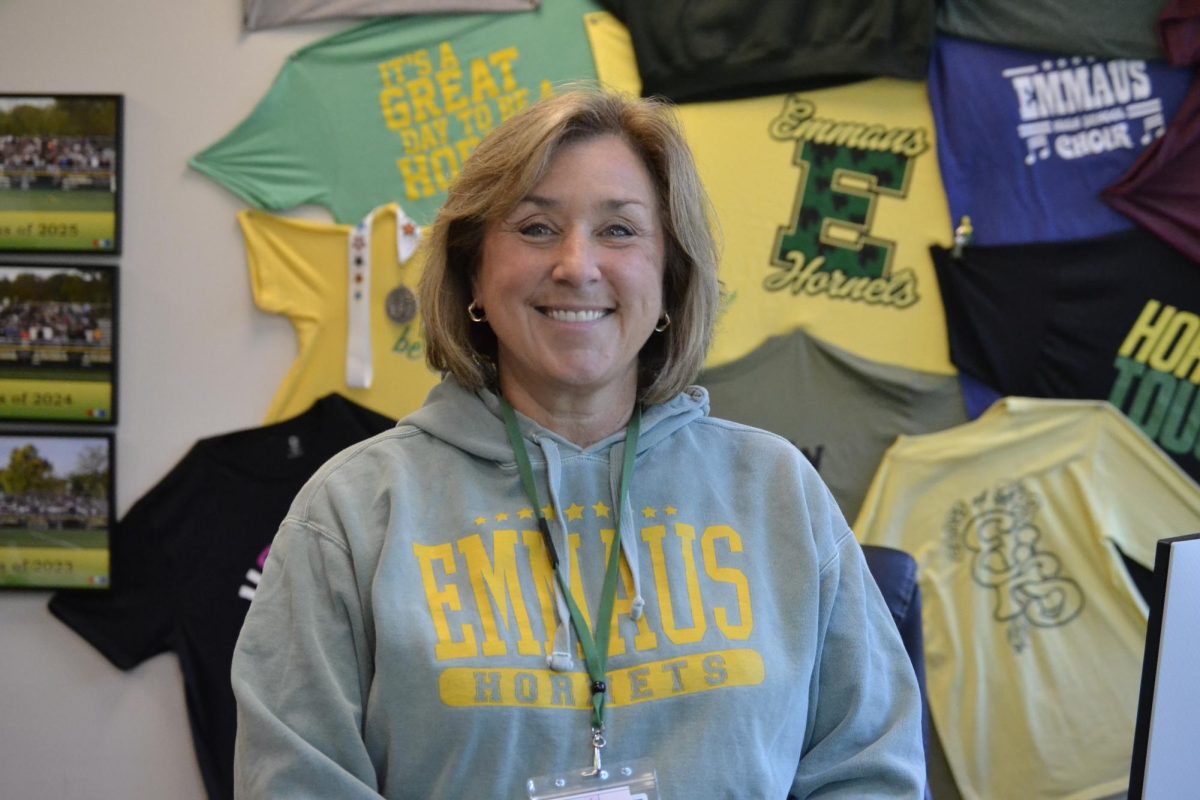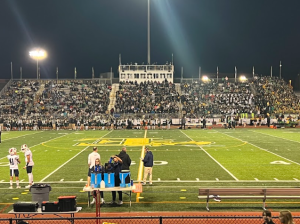Why “To Kill a Mockingbird”?
How the American classics threaten modern growth
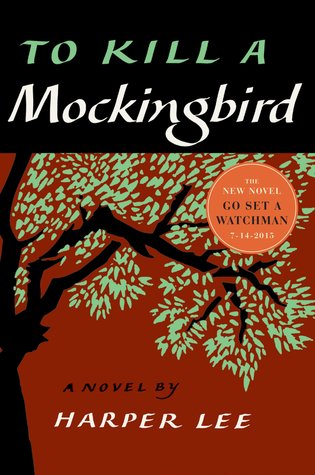
Photo courtesy of goodreads.com
May 21, 2021
As of the 2020-2021 school year, the East Penn School District has joined the long list of schools across the nation to remove Harper Lee’s “To Kill a Mockingbird,” one of the most controversial books in the U.S.
Yet, while evaluating the racially charged and indignant nature of the book, EPSD failed to acknowledge its fellow counterparts. “The Adventures of Huckleberry Finn,” “The Adventures of Tom Sawyer,” and “Of Mice and Men” are all equally guilty. As they say, if it walks like a duck, it quacks like a duck, it’s probably a duck. Only in this case, it’s a bird.
So, why “To Kill a Mockingbird”?
Winning the Pulitzer Prize in 1961 after its debut in early July of 1960, “To Kill a Mockingbird” was on the bestsellers list for more than 40 weeks. It has been named PBS’s Great American Read winner as well as having been ranked by the Guinness Book of World Records as the top-selling novel of all time and, as of 2018, has sold over 4.2 million copies. The endearing coming-of-age story of protagonist Scout Finch navigating themes of racial inequality, loss of innocence, and moral complexity during her early childhood in Maycomb, Alabama, found its way into the nation’s heart and has been dubbed an “American classic” for over half a century.
But, times are a-changin. The former praise for Lee’s writing has turned into fierce criticism. The story follows lawyer Atticus Finch, father of Scout and older brother Jem, through the trial of Tom Robinson, a black man accused of raping a white girl in the deep South. Despite Robinson’s innocence, Atticus loses the case and Robinson is shot dead during an attempt to escape jail. “To Kill a Mockingbird” grounds its narrative in the experiences of a white narrator and presents Atticus Finch as the white savior.
It simply does not have a place in the present-day curriculum. The district’s choice to remove the novel during this year may neatly coincide with a lack of instructional time due to the current online learning model, but it will be interesting to see if “To Kill a Mockingbird” will make a return to the reading list this fall.
It seems to be no mistake that EPSD hastily removed the novel this year following the murder of George Floyd and ensuing Black Lives Matter protests of the summer of 2020. The legacy of white supremacy still remains riddled throughout America. The story of a black man targeted by the police and a partisan judicial system is not just a work of Lee’s fiction. Black people continue to suffer from disproportionate levels of police violence. African Americans are six times more likely to be incarcerated than white people and seven times more likely to be wrongfully convicted of murder than white people according to University of Michigan Law. The association between Lee’s views on civil rights, and the role of Atticus Finch as a black man’s last attempt at freedom, to find Robinson guilty is an unsettling resolution. “To Kill a Mockingbird” explores the kindlings of the civil rights movement. Including a book in the curriculum that focuses on slavery and racism as a part of the past, does not read well in modern-day classrooms.
Lee’s novel is undoubtedly the most offensive book on the EHS reading list. Its use of strong language, discussion of sexuality and rape, and the use of the n-word have all been varying factors to permit the removal of the book in schools across the nation. “To Kill a Mockingbird” deals directly with race, and seems to have been swiftly thrown from the list to avoid any uproar considering its inherently racist themes. Why do, arguably, equally offensive novels remain? As a young white girl, reading the character of Curley’s wife in “Of Mice and Men” does make me uncomfortable. Reading aloud a woman referred to as “jailbait” and addressed as “whore” to my class is unsettling. Reading a book where the “correct” alternative is to kill a mentally disabled person and have “mercy” on him is disturbing and demoralizing. I understand that these words do not hold the degrading historical context that the n-word does, and I cannot imagine the discomfort that Black students feel when encountering it.
In “The Adventures of Huckleberry Finn,” Jim is freed by Huck and Tom, but risks his own freedom to help the doctor with Tom’s calf. He is again imprisoned and not killed on account of having saved Tom’s life. This narrative, of Black people serving and then being rescued by white people, has absolutely no right to be deemed “classic.” The “classics” may ring true today with universal themes of love, friendship, and loyalty; however, in order for students to understand the diversity of these themes, it is crucial to have a variety of perspectives, not merely a white narrator on the struggles of himself and others. Why are we reading about racism from how a white woman interpreted it? The truest account of racism and slavery can only be told from Black voices.
I read “To Kill a Mockingbird” in my sophomore English class. Now, in the last quarter of my senior year, I recently read Harper Lee’s follow-up 2015 novel, “Go Set a Watchman”. “Go Set a Watchman” explores the racial tensions in 1950s Alabama as Scout Finch visits home and begins to recognize the racist nature of those who she once held dearest — spoiler alert — one being her father, Atticus Finch. I was stunned. Prior to reading “Go Set a Watchman” I was under the impression, as most EHS students, that Atticus Finch is a beloved character who should be praised for his tolerant nature. But, when you really look closely, and read between Lee’s lines, it’s clear that Atticus, as Scout Finch puts it in “Go Set a Watchman,” is a bigot. Some of us had the privilege of missing it when we first fell in love with “To Kill a Mockingbird.” Neither the jury nor the audience of the novel learn anything about Tom: where he lives, what his family is like, how he treats his wife and children and others in his daily life. He is not made out to be an individual, but an object of Atticus’s righteousness. Tom’s innocence relies on the jury’s trust of Atticus, and his honorability. Atticus even later states that he is, “about as radical as Cotton Tom Heflin” –a white supremacist senator and member of the KKK. Knowing what I know now, teaching “To Kill a Mockingbird” in the same light is simply dishonest.
Fans of “To Kill a Mockingbird” often urge that the novel offers excellent learning opportunities for discussions, role-playing, and it’s historical significance. Former EHS English teacher J.F. Pirro was often noted for his teaching of “To Kill a Mockingbird” before his retirement in 2020 and does not agree with the decision to pull the book from the reading list this year. Pirro resonated particularly with the theme of maturation in the novel and believes that it was the only book ever written that continues to resonate with kids.
“It was always about the maturation of two kids, particularly Jem as the older brother and his maturation. I had the great pleasure to watch my students mature as they read about Jem and Scout maturing,” Pirro said. “You’re only gonna mature if you have the real life issues that those kids had to face. If you try to cloak or hide those experiences, no one is going to mature.”
But, understanding racism in America no longer requires opening a book about a young white girl in Alabama. “To Kill a Mockingbird” highlighted the racial divide in America for young, naive, white kids, like myself who could easily relate to Jem and Scout. But what about the other students who possibly compared themselves to Tom or Calpurnia, the Finches’ maid? Removing “To Kill a Mockingbird” from the curriculum would only be the first step in acknowledging Black voices and that the “classics” do not measure up to standing the test of time.




